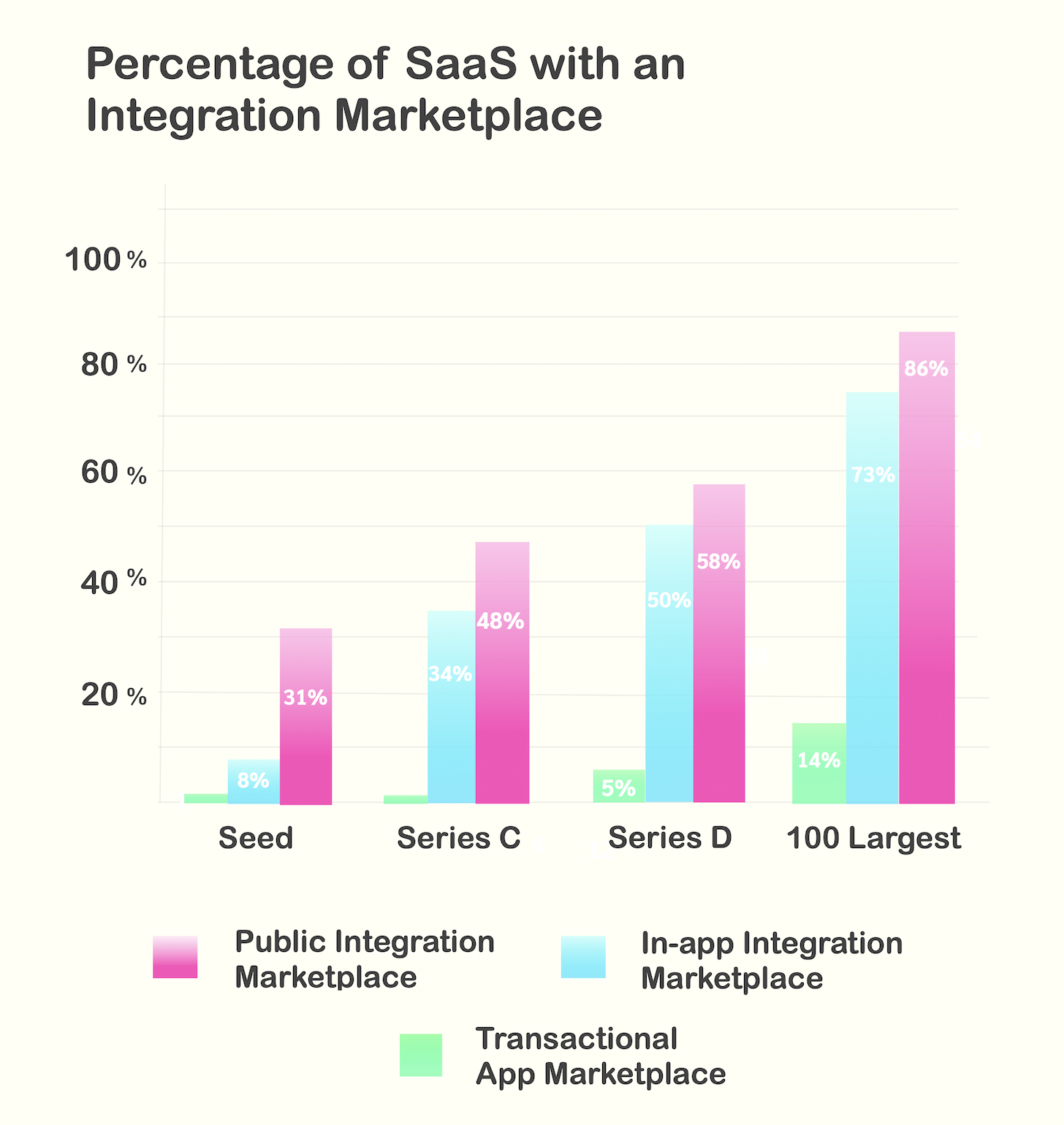[ad_1]
My friends at MarTech.org lately released their most current Martech Substitute Survey 2022, the place entrepreneurs shared which apps they’ve replaced over the earlier 18 months, what their principal inspiration was in performing so, and what had been their most vital variables in picking the substitution resolution.
Marketing and advertising automation (24%), CRM (23%), Seo (23%), electronic mail internet marketing (22%), and operate/job administration (19%) apps ended up the most usually changed.
As I highlighted in blue in the chart above, the #1 most normally cited element in deciding upon their substitute answer was integration abilities/open up API — selected by 56% respondents, up 13% factors from the similar survey in 2021.
It’s a leading 5 concept of this 10 years in martech: platforms, networks & marketplaces.
Of training course, this isn’t to say that the other things — expense, support, security, etcetera. — weren’t critical far too. But the aspect that most entrepreneurs agreed on was integration. If it won’t integrate with the relaxation of the tech stack, every thing else is moot. It is the tree that falls in the forest devoid of any person about to hear it.
The next most common aspect was data centralization/info abilities (decided on by 50% of respondents), which is carefully tied to integration. Immediately after all, information is the foundational layer of integrations.
Tied in next also with 50% was “ability to evaluate ROI” — which is likely to be on the best of everyone’s minds in our tighter financial state. But to evaluate ROI, you require the knowledge. And to get the knowledge, you want integrations. These a few aspects are certain with each other by atomic forces.
But what determined marketers to request out a alternative remedy in the very first place?

When hunting to exchange a professional app (the survey addresses replacement of homegrown applications independently), the #1 inspiration was better characteristics (53%). Of system, this will make feeling. Marketers search to martech to give them the capabilities essential to accomplish in continuously shifting and evolving marketplaces. What you can do issues.
Having said that, I would have envisioned the #2 enthusiasm to be charge — seeking an choice resolution to lower expenses. That was the survey consequence in 2021.
But in 2022, much better/easier integration was the 2nd most common commitment (24%, up 5% factors from 2021) to find a alternative application. Basically, a wish for greater integration activated 1 out of just about every 4 martech application substitute jobs.
That’s rather outstanding.
I have claimed this quite a few occasions ahead of to martech item teams: the current market is speaking to you with a excellent booming voice in the sky, “Treat integration as a to start with-course feature!”
Progressively, the martech industry — and the SaaS universe more broadly — have taken this to coronary heart. A new study report from Pandium on the State of Integrations and APIs at 400 SaaS Firms reveals that 86% of the Leading 100 SaaS corporations in the world now have a public integration marketplace. (73% of them have an in-application marketplace.)

Which is remarkable and a solid testament to the significance of application ecosystems for key SaaS providers.
But what is even extra telling is that 31% of seed-phase SaaS startups now element a community integration market far too. Nearly 1 out 3 SaaS startups — which are specially strapped for time and assets, forced to make really tough choices about what to prioritize — have picked out to prioritize acquiring equally integrations and a marketplace to make it uncomplicated for buyers to find and use them.
It’s heartening to see martech purchasers and sellers concur: integration is crucial.
We nonetheless have further to go on this journey of martech platforms and ecosystems. But as an marketplace, at least’s we’re all marching in the same course with a much more seamlessly and powerfully built-in upcoming on the horizon forward.
[ad_2]
Resource url









